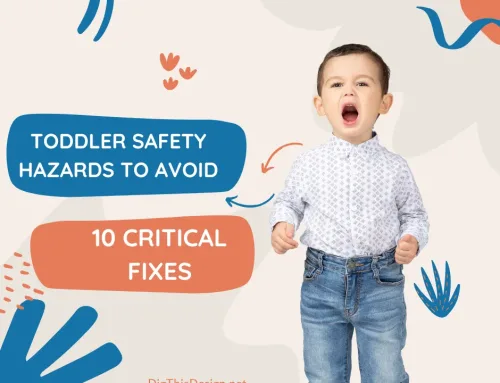Water is one of our most precious resources and we must protect it and conserve it. Lately, with the advance of climate change, many areas of the world are facing water shortages. The growing population is also impacting the use of water. Add to that, the multitude of gardens and you see the need for water conservation garden design ideas.
Some cities are on the banks of major rivers, which are their source of water. Unfortunately, the amount of water available is in use by the cities that are at the start of the river, leaving very little for the cities that are further downstream and rely on the river for water.
There are more frequent discussions of running pipelines from the Great Lakes to drought-stricken or even desert communities. However, we can all conserve water by using good management and mindfulness when consuming this resource. Let’s look at some water saving garden design ideas that will help you with your water conservation garden designs.
Your Guideline To Water Conservation Garden Design Ideas
Start looking at your favorite online nursery’s garden supplies section for what is available to help conserve water. There are always fresh developments and equipment to help homeowners and gardeners conserve as much water as possible.
Water efficient landscaping: Then, take a critical look at your landscape. Are you doing as much as you can to conserve water? What plants are you growing? How large is your lawn? How do you water each area?
1. Measure the rain.
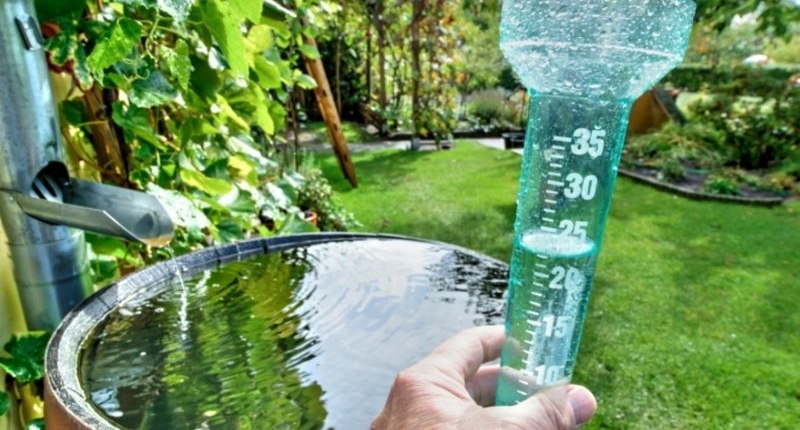
This is as simple as purchasing a rain gauge. Studies show that most lawns, and gardens have adequate moisture with one inch of rain per week. A rain gauge gives you an accurate method to determine if you need additional water.
Another inexpensive tool is a moisture meter. This too is available in garden supplies. It has prongs you insert into the soil while it measures the water content of your soil. Again, this removes the guesswork. This gauge will tell you if your plants need watering, have adequate moisture, or are overwatered.
2. Lay down mulch.
One of the most important steps you can take to conserve water is to mulch your gardens, shrubs, and trees. Bare ground allows the moisture in the soil to evaporate. By adding mulch, you prevent the moisture from evaporating, and you keep the weeds at a minimum.
You don’t want the water you apply to your vegetable and flower seeds to be sucked up by weeds. Two to three inches of mulch will suppress the weed growth, too.
3. Use compost.
Compost not only feeds your plants, but it adds nutrients to the soil. If you have sandy soil, the water is not held in the soil, causing you to water more frequently. If you have clay soil, the water cannot penetrate the soil and washes away rather than being absorbed by the soil.

Adding compost to the soil will absorb the moisture and hold it in the soil until the plants need it. Adding a compost bin to your garden also helps conserve water.
4. Refine your watering method.
Again, check the garden supplies section and find the best method of watering that is appropriate for your yard and garden. A good watering can is a more labor-intensive method of watering, but also a more controllable method. Use it to water your container plants.
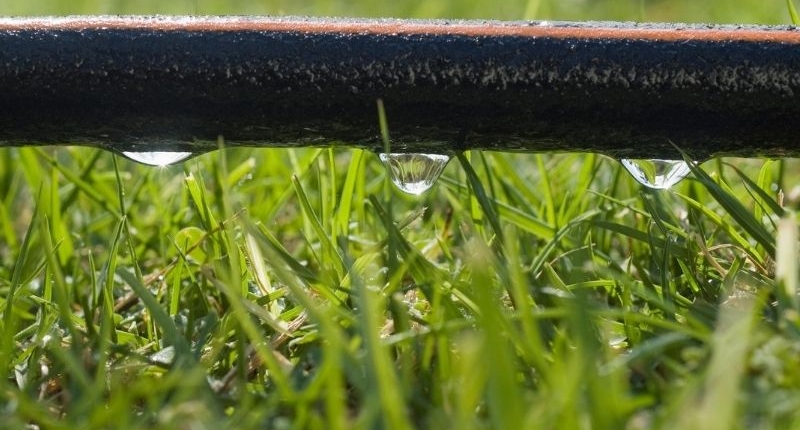
For in-ground plants, consider a soaker hose that applies the water directly to the root area of the plant. These can be under the mulch so the water will not evaporate as well.
For areas that require a sprinkler, purchase an adjustable sprinkler that allows you to adjust the area covered so you don’t waste water on the deck or pavement.
Studies show that the best time to water in ground plants is in the early morning and container plants in the late afternoon or evening.
5. Choose drought-resistant plants.
When selecting plants or flower seeds, choose plants that need less water like Russian sage or Purple Fountain Grass.
Then, also let your plants hold hands. Keep them close so that they can be a natural mulch by shading the ground and minimizing evaporation. This will also minimize weeds.
Consider eliminating some of your lawn and instead grow a native plant area. Native plants have survived for generations in your area and will need minimum attention or water once established. Another benefit is a native plant garden will draw in the native butterflies.
6. Use a rain barrel.
Catch the water coming off the roof of your house with a rain barrel. These are available for purchase and are easy to install.
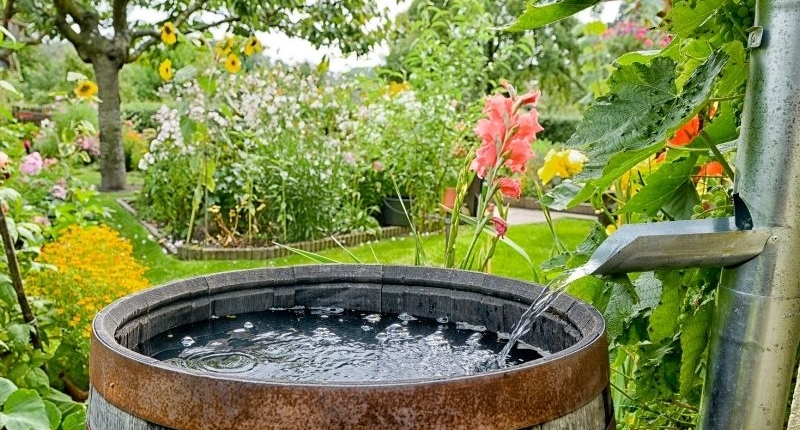
They have an overflow valve, a spigot near the bottom, and a lid to prevent insect issues. Use the rainwater to water your container plants or attach your soaker hose to the barrel.
7. Consider your grass height.
Set your mower on the longest grass height setting. The longer the grass is, the deeper the roots will penetrate the soil making your lawn more drought-resistant.
8. Use water-conserving pots and containers.
Choose pots that hold in the moisture. Clay pots are porous, and water evaporates out the sides. Metal containers can get very hot and dry out the soil quickly.
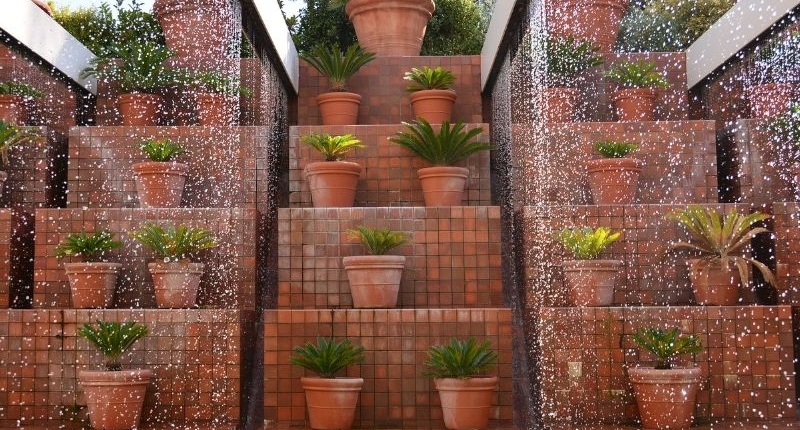
A better choice is a glazed pot that holds in moisture. If you really like the look of the clay or metal pots, keep the plants in the plastic pot and insert the entire plastic pot into the porous pot.
Never cover the drainage hole to save water. You will only end up killing your plants when the roots rot from standing in water.
9. Reuse water.
Save the water from steaming or cooking vegetables and use it to water plants. When you clean the fishbowl, use that water on the plants also. Another source of used water is the dehumidifier. Rather than throw it down the drain, use it for your plants.
In conclusion.
These are just a few of the simple ways to conserve water in your own yard or about water wise landscaping ideas. If we all take on this responsibility, the impact can be significant. If you have questions or suggestions about how to conserve water at home, we always love to hear from you in the comments below. Also below are links to more amazing articles about ALL things DESIGN for your home or business.
Images Courtesy of Canva.
Other Posts You Might Enjoy:
Placement of Indoor Water Fountains at Home: Dos and Don’ts
Water Descaling Systems and Their Benefits
The Impacts of Iron in Water and 6 Ways to Remove It




